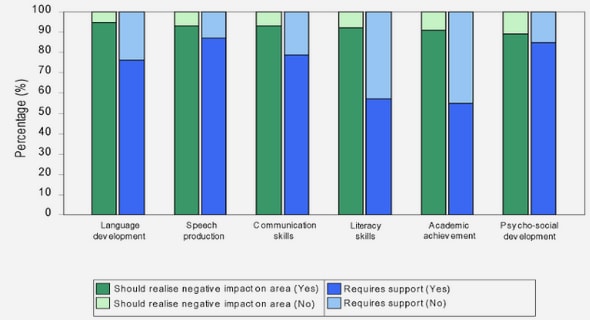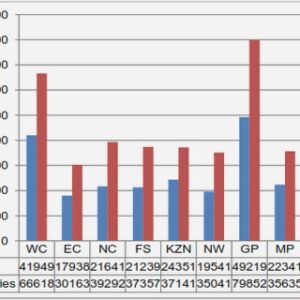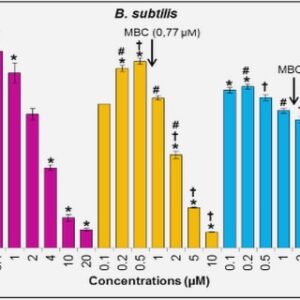(Downloads - 0)
For more info about our services contact : help@bestpfe.com
Table of contents
LITERATURE REVIEW
I. HAEMONCHUS CONTORTUS AND CAENORHABDITIS ELEGANS
1. Haemonchus contortus, a parasitic gastro-intestinal nematode
2. Caenorhabditis elegans, a model nematode
II. ANTHELMINTICS AND MECHANISMS OF RESISTANCE
1. Main classes of anthelmintic drugs
2. Mechanisms of resistance to anthelmintics
III. ABC MDR TRANSPORTERS AND ANTHELMINTICS RESISTANCE
1. ABC transporters: structures and functions
2. ABC MDR transporters and resistance to anthelmintics
3. Overcoming ML resistance in parasitic nematodes
HYPOTHESIS AND OBJECTIVES
EXPERIMENTAL WORK
PART I – IN SILICO FUNCTIONAL CHARACTERIZATION OF CEL-PGP-1
A.MANUSCRIPT N°1 IN PREPARATION: MODELING MULTISPECIFIC DRUG RECOGNITION BY CAENORHABDITIS ELEGANS P-GLYCOPROTEIN 1
I. INTRODUCTION
II. COMPUTATIONAL METHODS
1. Structure of Cel-Pgp-1
2. Preparation and conformational analysis of ligands
3. Docking calculations
4. Data analysis
5. Determination of the residues constituting the « hotspots for drug binding »
III. RESULTS
1. Docking experiments on compounds stimulating or not the ATPase activity of Cel-Pgp-1
2. Binding mode of other substrates of mammalian Pgp previously tested on the ATPase activity of Cel-Pgp-1
3. Binding mode of other molecules of interest
IV. DISCUSSION
1. Validation of in silico docking approach on Cel-Pgp-1
2. Further analysis of the in silico/in vitro correlation
3. Molecular properties of the multispecific binding domain of Cel-Pgp-1
B. MANUSCRIPT N°2 P
PARASITOLOGY: DRUGS AND DRUG RESISTANCE: IN SILICO ANALYSIS OF
ANTHELMINTICS BINDING TO CAENORHABDITIS ELEGANS P-GLYCOPROTEIN 1 .
PART II – IDENTIFICATION, LOCALIZATION AND FUNCTIONAL CHARACTERIZATION OF H. CONTORTUS P-GLYCOPROTEIN
A. HAEMONCHUS CONTORTUS P-GLYCOPROTEIN
I. INTRODUCTION
II. MATERIAL AND METHODS
1. Parasites
2. RNA extraction and reverse transcription.
3. Amplification of Hco-pgp-13 cDNA sequence
4. Prediction of Hco-Pgp-13 protein sequence and phylogenic analysis
5. Construction of 3D models of Hco-Pgp-13 based on Cel-Pgp-1 4F4C PDB structure as template
and in silico docking calculations
6. Cloning and transfection of Hco-pgp-13 gene in Pichia pastoris
7. ATPase activity measurement of Hco-Pgp-13 stimulated by actinomycin D
8. Design of specific antibodies against Hco-Pgp-13
9. Polyacrylamide gel electrophoresis and Western-blot
10. Immunohistochemistry on larvae and adult H. contortus sections
III. RESULTS
1. Amplification and sequencing of Hco-pgp-13 cDNA
2. Translation product amino-acid sequence and topology of amplified Hco-pgp-13
3. Phylogenetic analysis of Hco-Pgp-13
4. Homology modelling of Hco-Pgp-13 on Cel-Pgp-1
5. In silico docking of actinomycin D on Hco-Pgp-13
6. Expression of Hco-Pgp-13 in Pichia pastoris cells and stimulation of its ATPase activity by
actinomycin D
7. Immunolocalization of Hco-Pgp-13 protein in larvae and adult parasites
III. DISCUSSION
1. The Hco-pgp-13 corrected cDNA sequence encodes a protein matching the topology of an ABC
transporter
2. Hco-Pgp-13 can interact with actinomycin D
3. Hco-Pgp-13 sequence and localization are very close to those of Cel-Pgp-12, Cel-Pgp-13 and Cel-Pgp-14
B. SUPPLEMENTARY EXPERIMENTS FOR THE LOCALIZATION OF HCO-PGP-13 MRNA IN THE PARASITE
I. MATERIAL AND METHODS
1. DNA Probes amplification
2. RNA probes amplification and validation
3. Fluorescence in situ Hybridization
II. RESULTS
1. Probes amplification and validation
2. Fluorescence in situ hybridization
III. DISCUSSION
C. SUPPLEMENTARY EXPERIMENTS FOR THE CHARACTERIZATION OF HCOPGP- 13 FUNCTION
I. MATERIAL AND METHODS
1. Codon optimization and transfection of Hco-pgp-13 in LLCPK1 cells
2. Characterization of mRNA expression
3. Characterization of protein expression
4. Transport assays
5. Cytotoxicity assays
6. ATPase activity assays
7. In silico docking of various molecules on the two Hco-Pgp-13 3D structural models
II. RESULTS AND DISCUSSION
1. Expression of Hco-Pgp-13 in LLCPK1
2. Functional characterization of Hco-Pgp-13 expressed in LLCPK1 cells
3. Passage-dependent expression and function of Hco-Pgp-13 in LLCPK1 cells
4. Functional characterization of Hco-Pgp-13 expressed in Pichia pastoris
5. In silico docking calculations on Hco-Pgp-13 3D structural models
GENERAL DISCUSSION AND PROSPECTS
1. Cel-Pgp-1 is a multidrug transporter with some homologies with mammalian Pgp
2. Cel-Pgp-1 interacts with ML with high affinity
3. Hco-Pgp-13 presents many homologies with Cel-Pgp-1, which makes it a putative ABC multidrug transporter
4. Hco-pgp-13 and Cel-Pgp-1 might also have homologies in their substrate recognition sites with other Pgps
5. The expression of Hco-Pgp-13 in Haemonchus contortus is widely distributed, supporting an important function for this protein
6. Perspectives for future investigation of Hco-Pgp-13 substrate profile
7. Could Hco-Pgp-13 also transport endogenous sterols?
8. Further description of Hco-Pgp-13 molecular properties and implication for other Pgps
9. Investigation of Hco-Pgp-13 importance in the living worm
10. Perspective for fighting ML resistance in the field: design of inhibitors of Pgps which will have been identified as transporters of ML
REFERENCES




